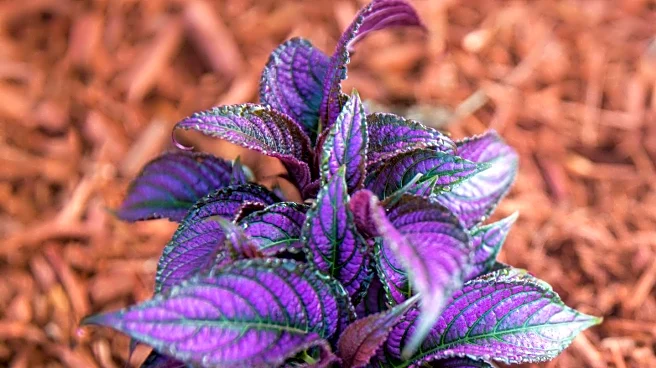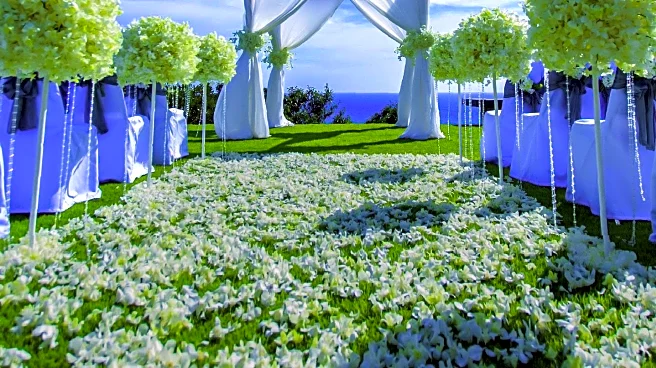What's Happening?
Tim Johnson, senior director of horticulture at the Chicago Botanic Garden, addresses concerns about white pine needle loss. He explains that needle loss is a natural process for evergreen trees, including
pines, spruce, and firs, which shed their oldest needles each autumn. The degree of needle loss can vary based on environmental stressors like drought or high temperatures. Johnson reassures that unless there are signs of exterior foliage turning brown or continued thinning, needle loss is typically not a cause for concern.
Why It's Important?
Understanding the natural cycle of needle loss in white pines is important for homeowners and gardeners to avoid unnecessary worry about tree health. This knowledge helps in making informed decisions about tree care and maintenance, preventing misdiagnosis of tree health issues. It also highlights the importance of recognizing normal seasonal changes in plants, which can contribute to better gardening practices and environmental stewardship.
What's Next?
Homeowners are encouraged to monitor their trees for signs of abnormal needle loss, such as browning of exterior foliage or thinning over time. If such symptoms appear, consulting with horticulture experts or the Plant Information Service at the Chicago Botanic Garden can provide guidance on appropriate actions to take.











